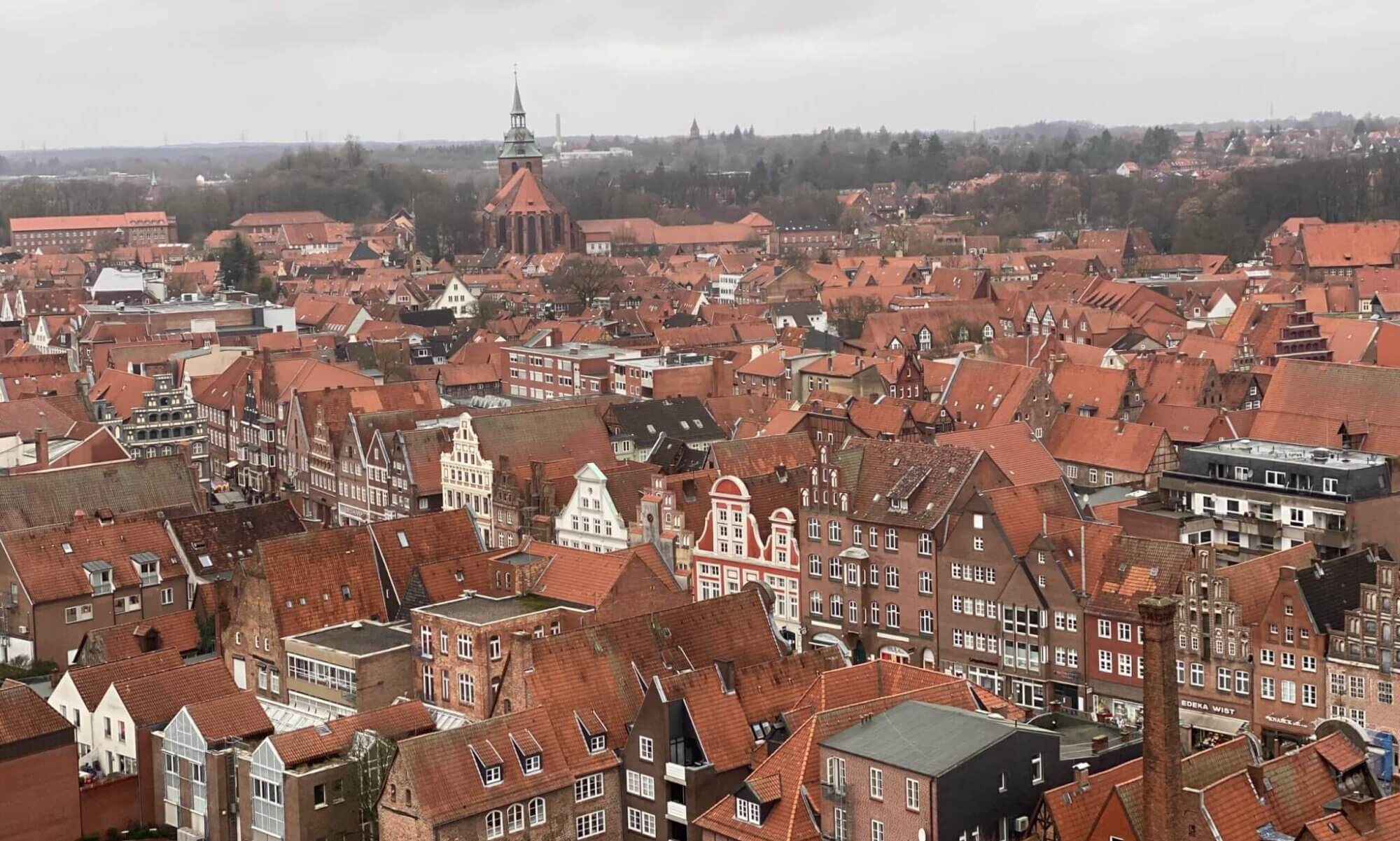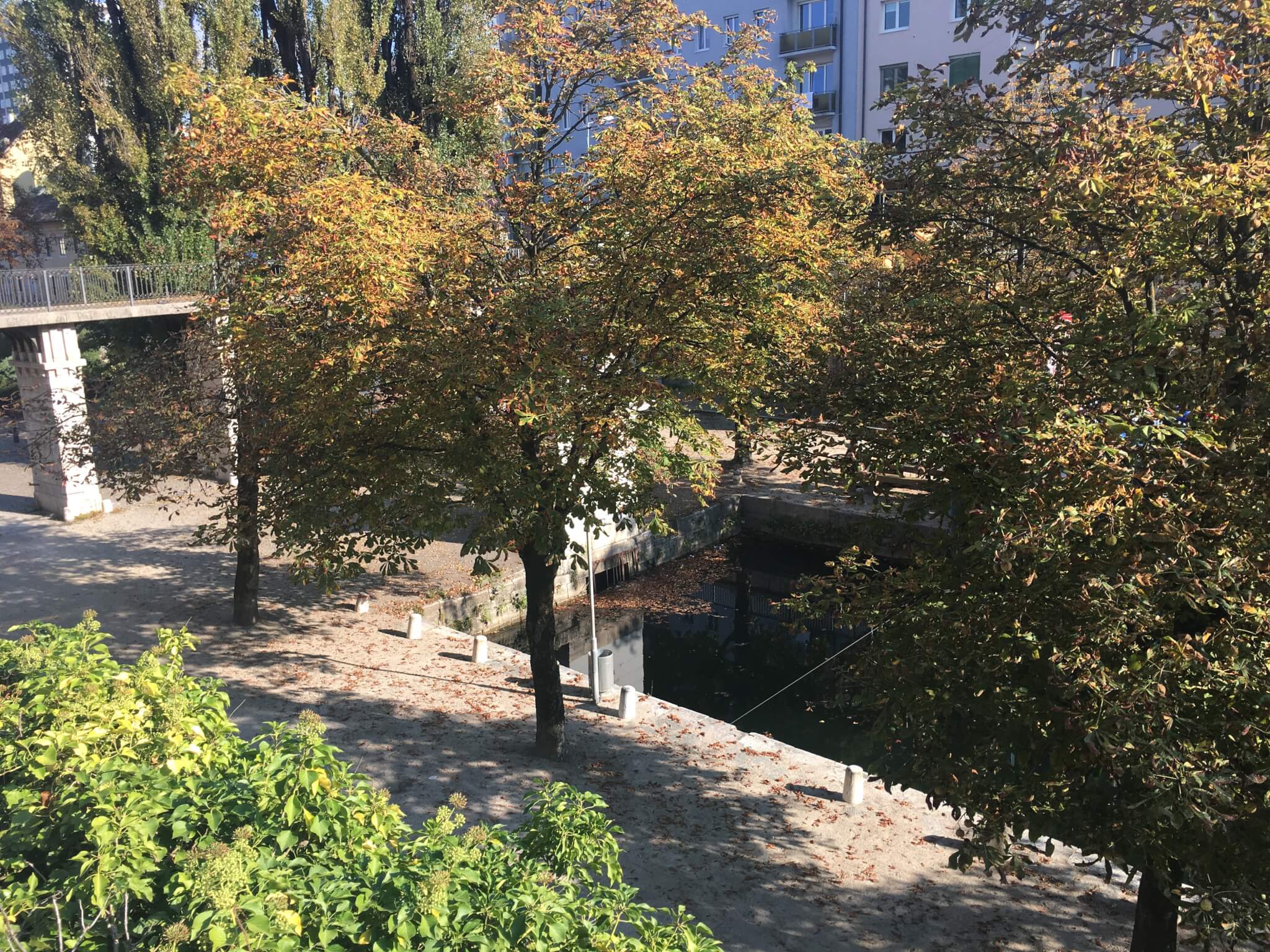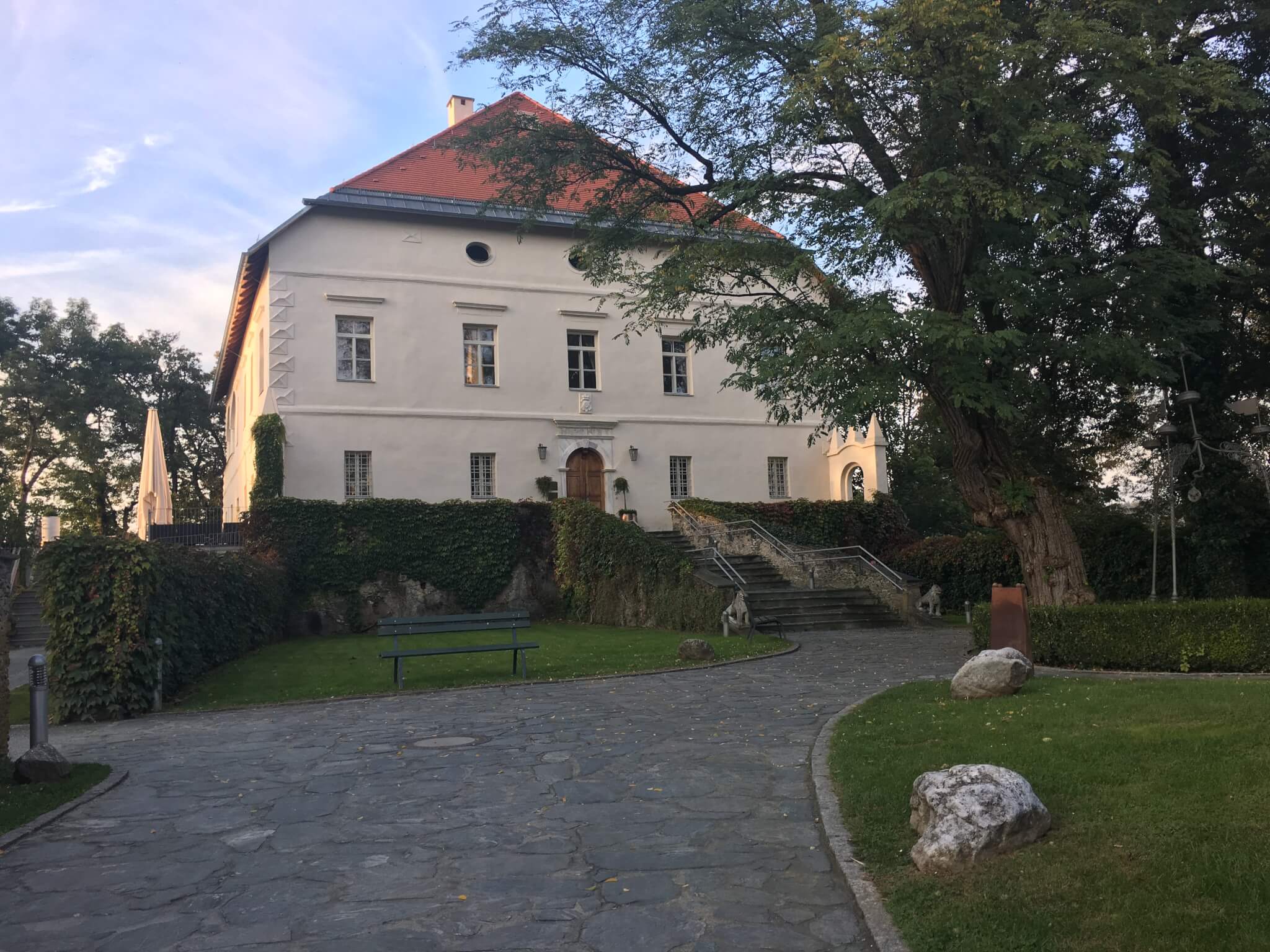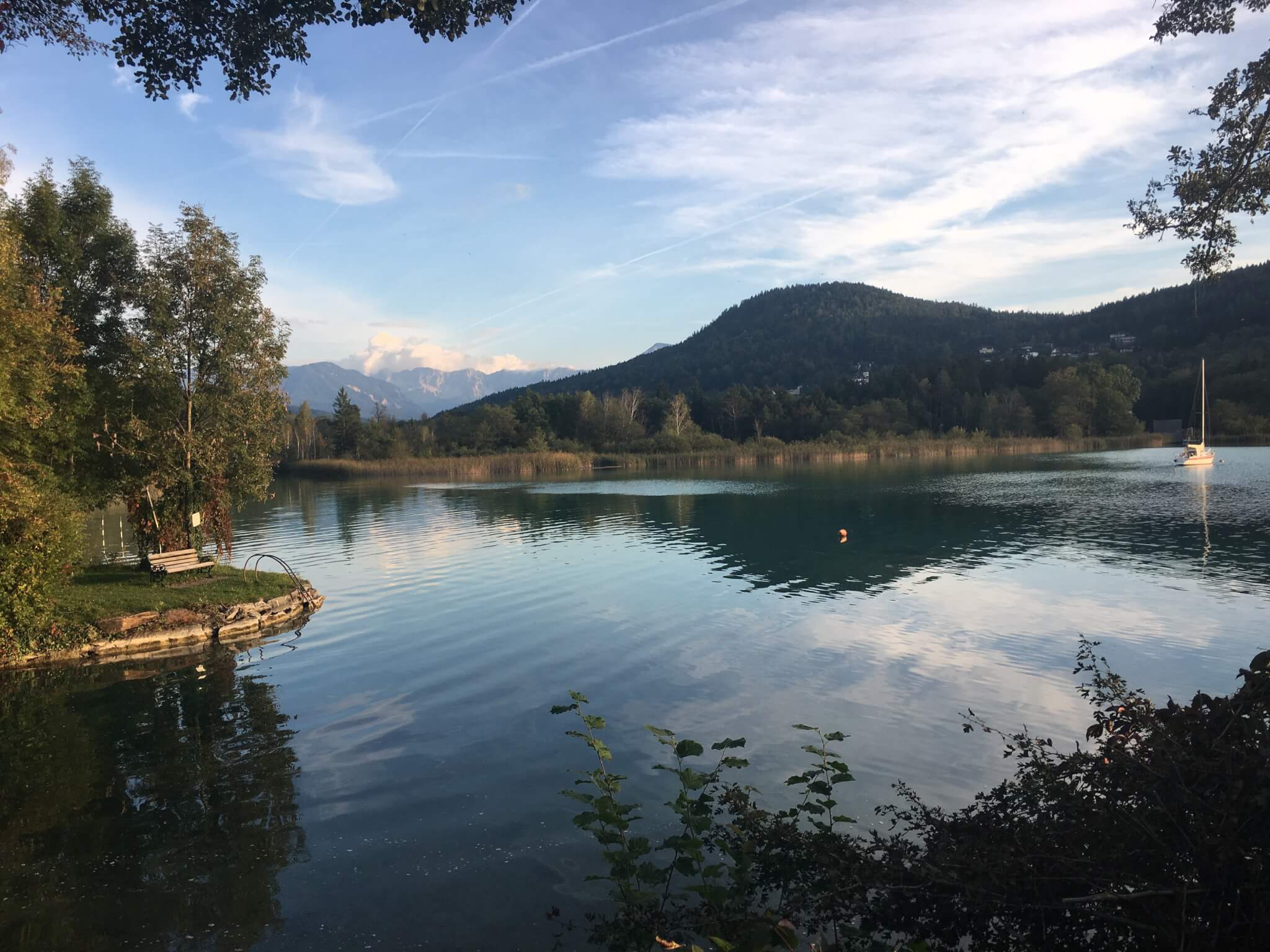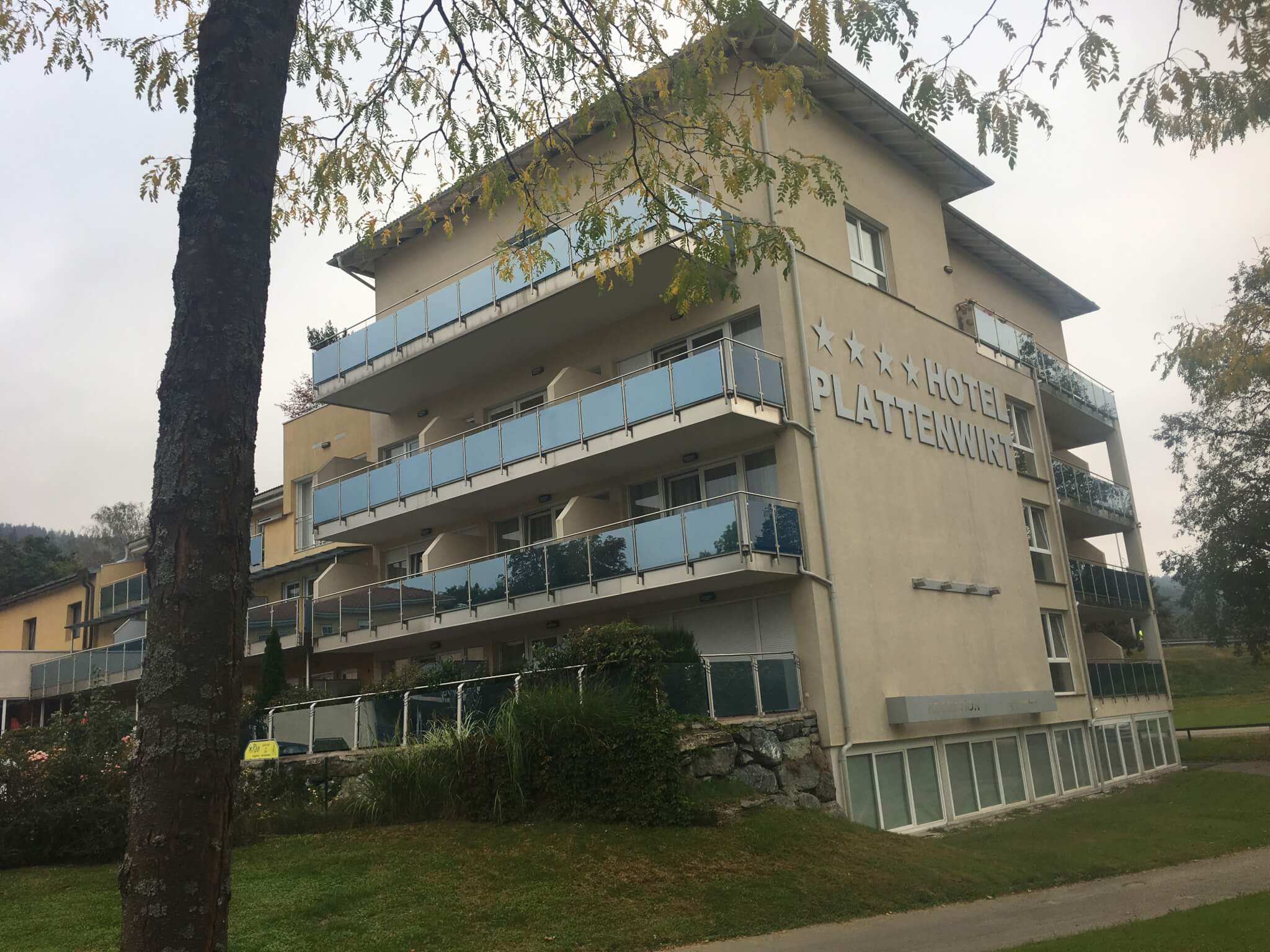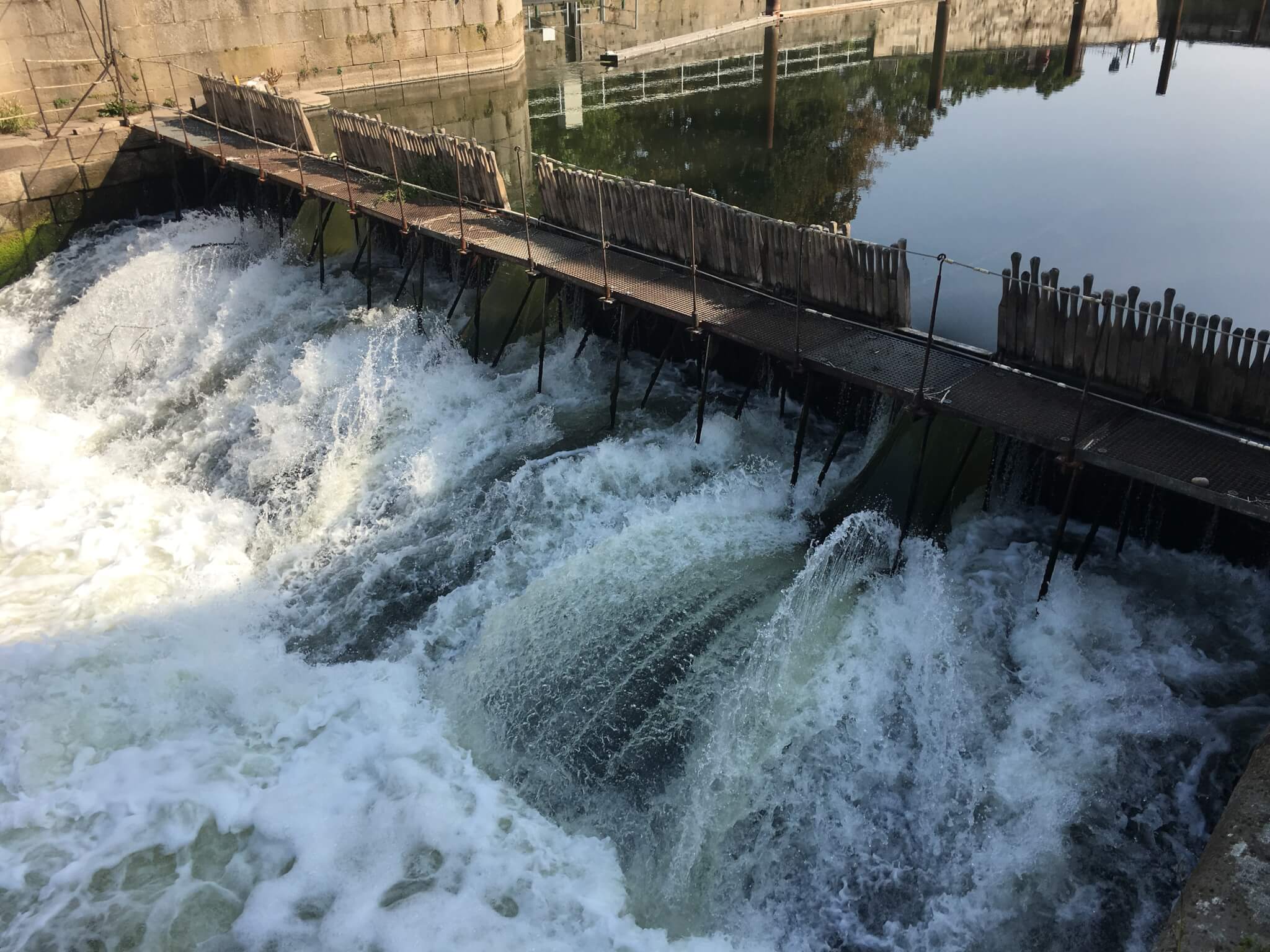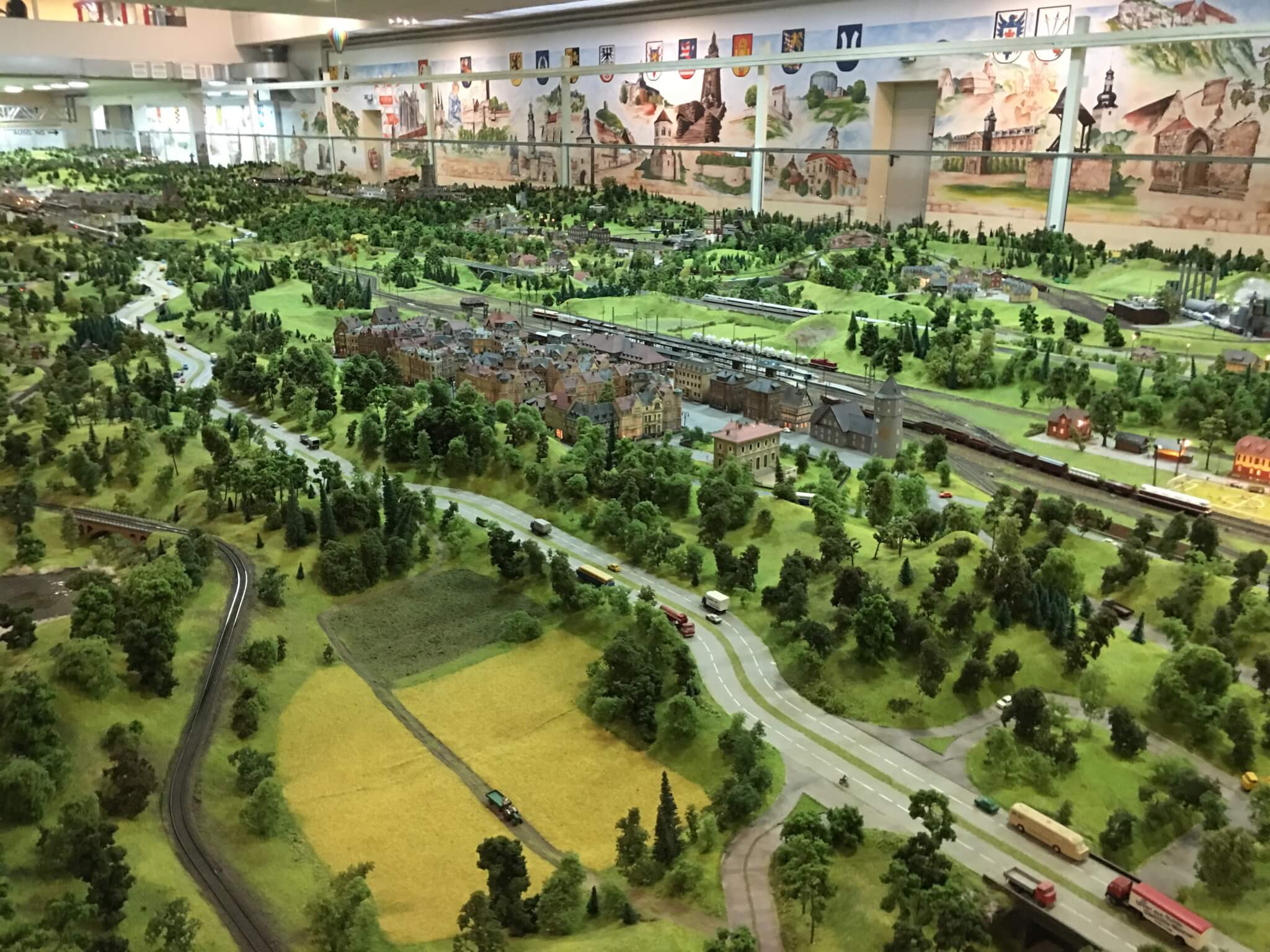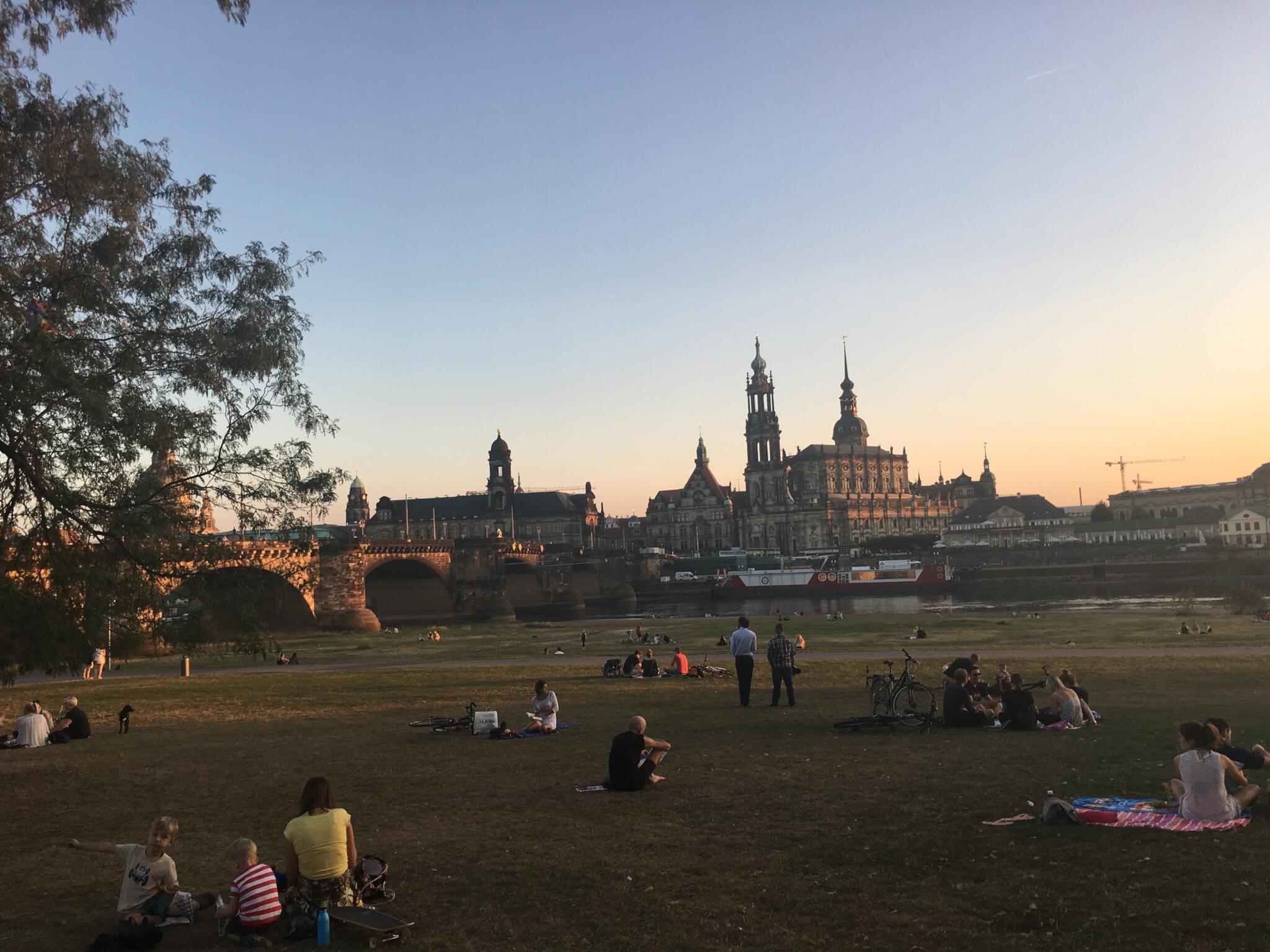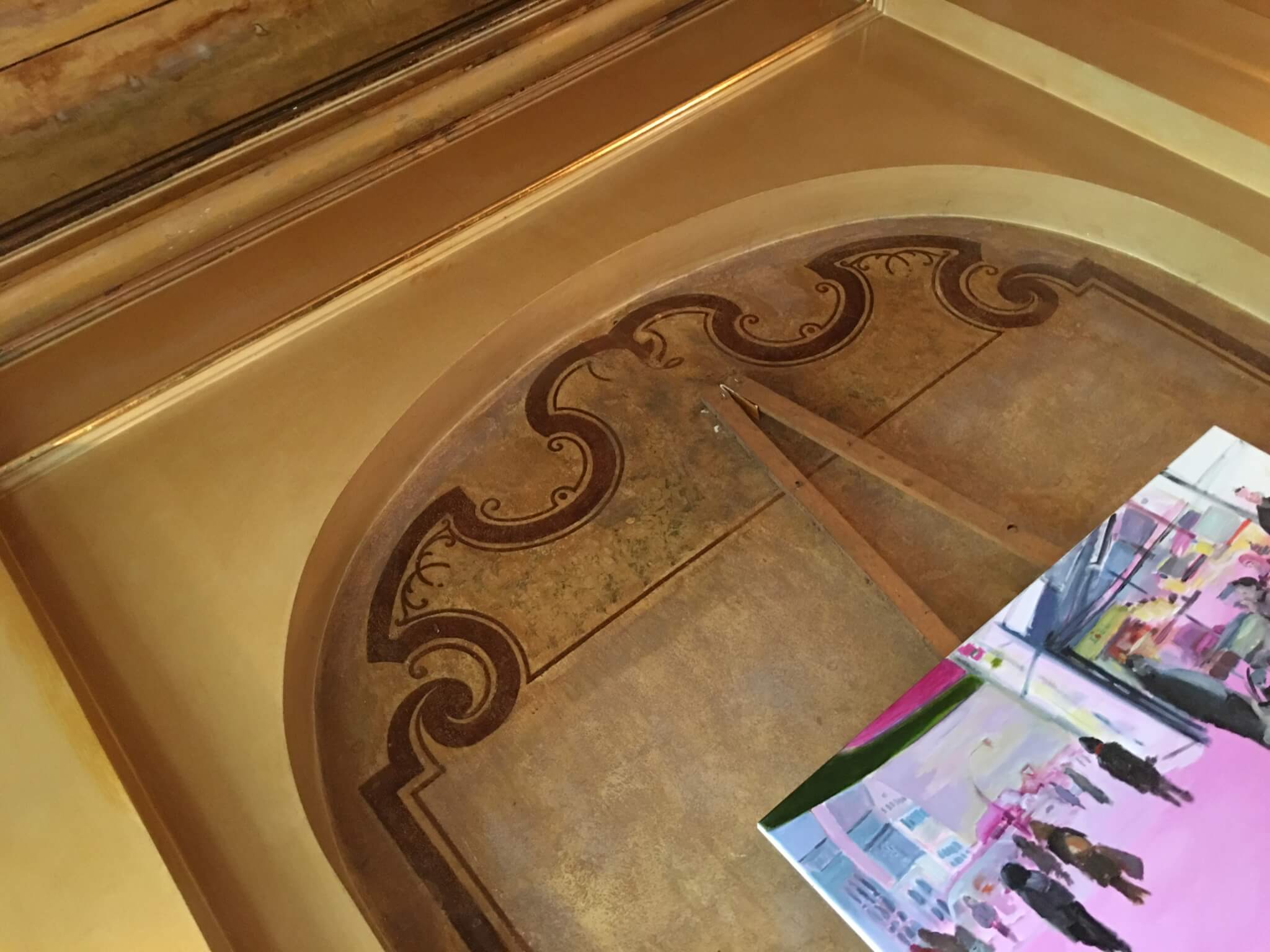The center of Klagenfurt, Austria is located about four kilometers afar from the Wörthersee. To bring water to the city fortifications and to make transport and trade easier, the Lendkanal was created in the 16th century CE. This artifical waterway starts close to the castle Maria Loretto at the shore of the Wörthersee and ends near the Heiligengeistplatz in the city center. Continue reading “Lendkanal & Lendhafen”
Schloß Maria Loretto
The castle Maria Loretto in Klagenfurt, Austria is located on a peninsula of the Wörthersee once being an island. It has been built in the 18th century CE and it is a landmark of Klagenfurt. Currently it is mainly used as an event location. Continue reading “Schloß Maria Loretto”
Wörthersee
The Wörthersee is with nearly 20 km² the biggest lake of Carinthia in Austria. The largest cities surrounding it are Klagenfurt and Velden. A very good view on the lake is possible from the Pyramidenkogel-Turm, a high tower built on a mountain close to the center of the lake. Continue reading “Wörthersee”
Hotel Plattenwirt
The hotel “Plattenwirt” is a four star hotel in Klagenfurt, Austria. It offers nice spacious rooms with balconies or terraces. It is special because of its location: it can be found at a remote place in Klagenfurt but it is very close to the Wörthersee – the famous lake creating a beautiful panorama. Next to the hotel is the “Europapark“, a landscape garden.
Continue reading “Hotel Plattenwirt”
Tillyschanze
If you want to enjoy a nice view on the city center of Hann. Münden, Germany – there is no place like the Tillyschanze. It is a 25 meters high watchtower located within the Reinhardswald, 90 meters above the city. It was created by a commitee of citizens of Hann. Münden between the years 1881 and 1885 – commemorating the conquest of the city by Tilly in 1626.
Continue reading “Tillyschanze”Alte Werrabrücke
The “Alte Werrabrücke” (old bridge over river Werra) is one of the oldest stone bridges in northern Germany. It is located at the northern end of the city center of Hann. Münden, Germany and leads to the the city quarter Blume, where also the Weserliedanlage is located.
Continue reading “Alte Werrabrücke”
Nadelwehr
The “Nadelwehr” in Hann. Münden, Germany is a traditional barrage used to higher the level of the river Werra. It consists of wooden needles put into the river close to the watergate and the old Werra bridge. In the past this technique was used to raise the water level for ships or to use the energy of the water for mills.
Continue reading “Nadelwehr “
Around the world
Miniature railways are a children’s dream and always create happiness. One of the biggest I’ve seen so far can be found in Wiehe in Eastern Germany, close to Sangerhausen and the A38. It offers 12.000 m² of miniature railway exhibition. It starts with a landscape of the federal state of Thüringen and the route then leads throughout Germany, Europe and the World (with a focus on the United States). Continue reading “Around the world”
Canaletto view
In 1748 the painter Bernardo Bellotto – better known as Canaletto – painted the famous picture “Dresden From the Right Bank of the Elbe Below the Augustus Bridge“. The title says it all, it is a wonderful depictation of the “skyline” of Dresden, Germany – including all those wonderful buildings close to the Elbe. Continue reading “Canaletto view”
Café Rix
The city quarter Neukölln in Berlin, Germany offers nice places and hidden pearls. The Karl-Marx-Straße (named after the famous founder of Marxism) is a migrant-shaped street where you might not initially feel at home. But in fact it is a wonderfully international place. Continue reading “Café Rix”
